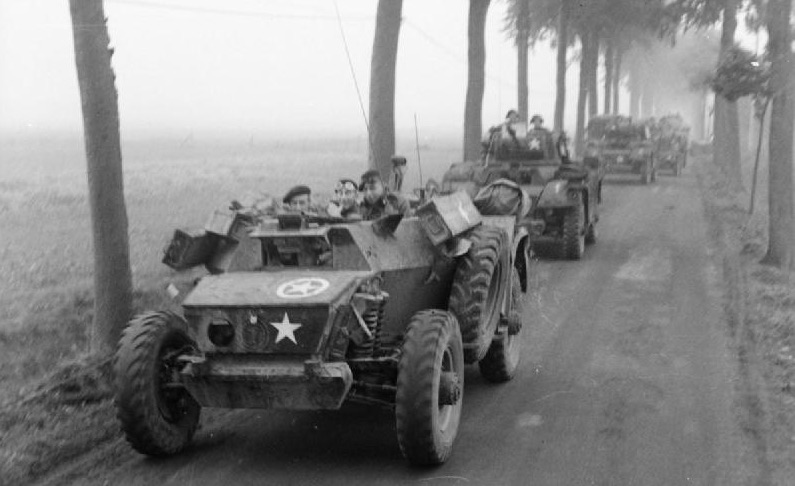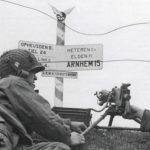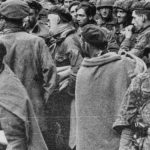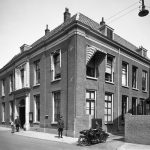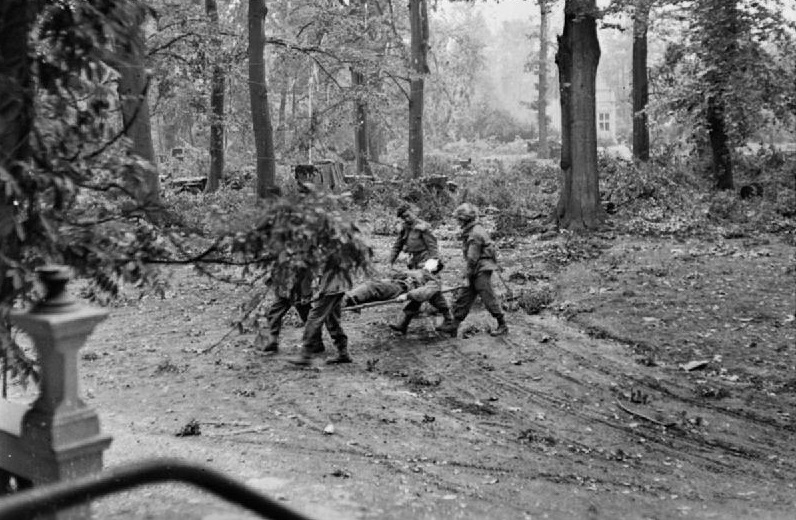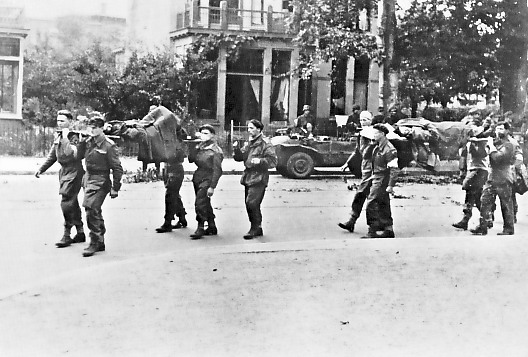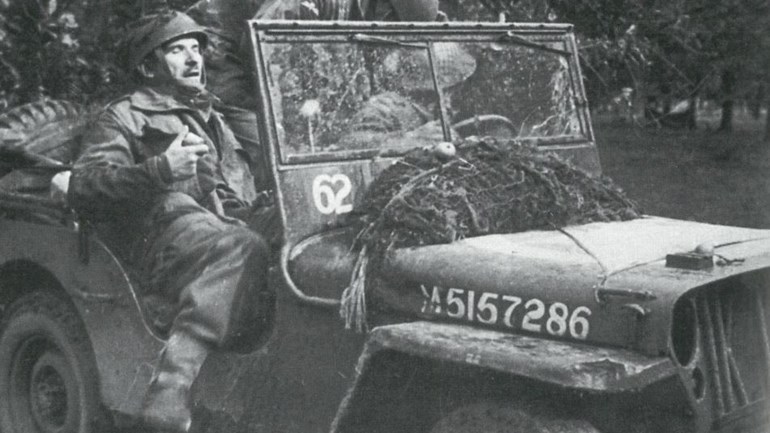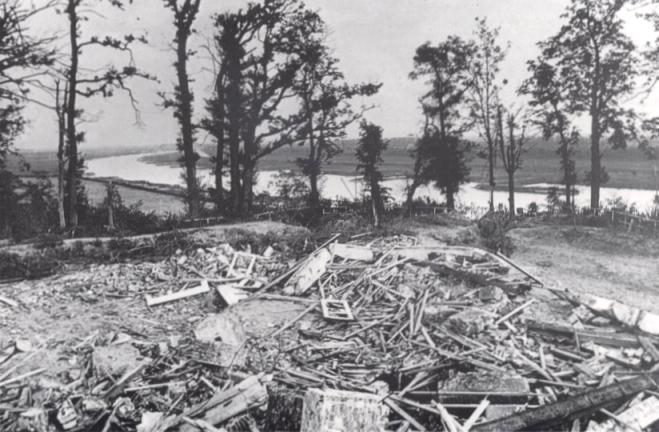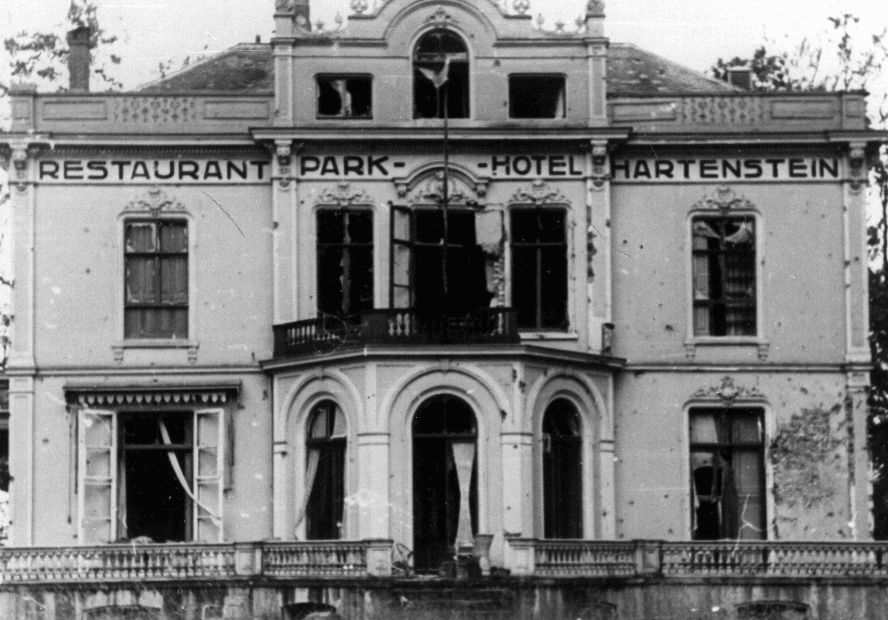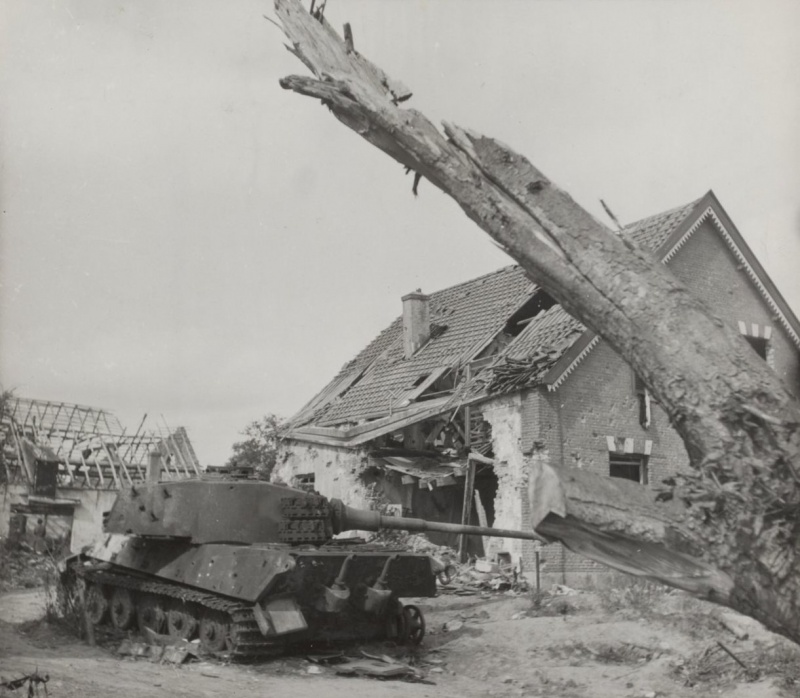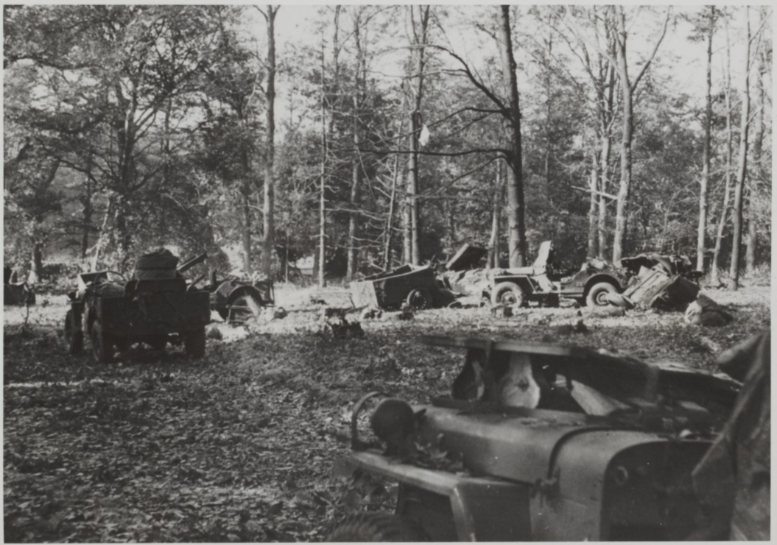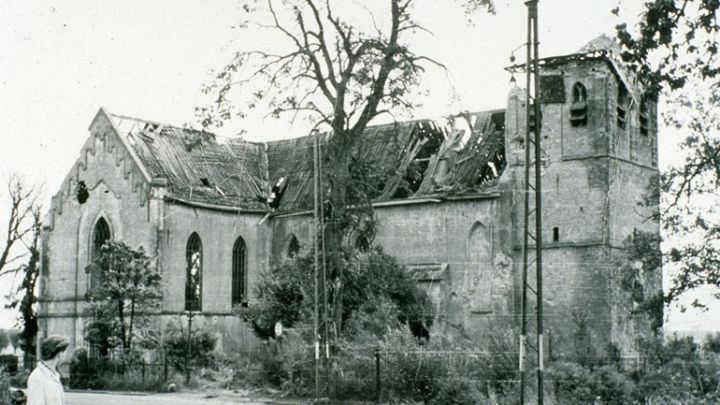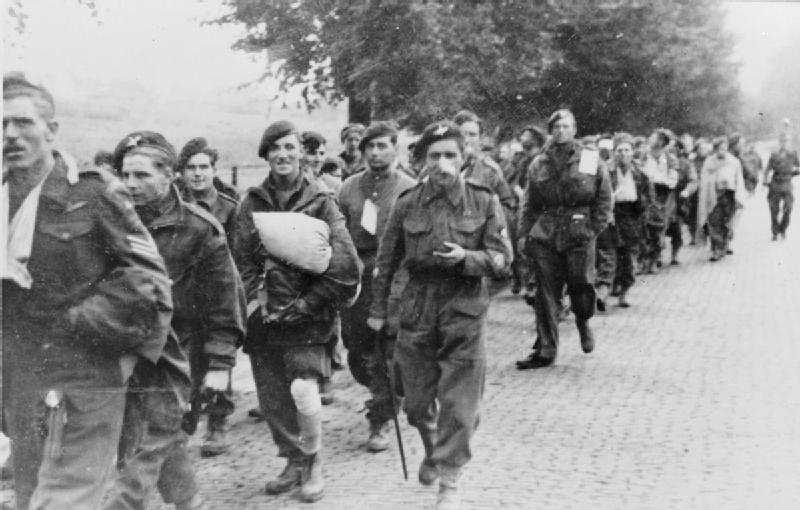The adventures of Colonel Mackenzie on the way to Nijmegen
Colonel Charles Mackenzie was General Urquhart’s chief of staff in Oosterbeek. Mackenzie had been sent south across the Rhine by Urquhart the day before to make clear to General Horrocks of XXX Corps and General Browning how dire the situation in Oosterbeek was. The British commanders at Nijmegen seemed to have no idea of the…

